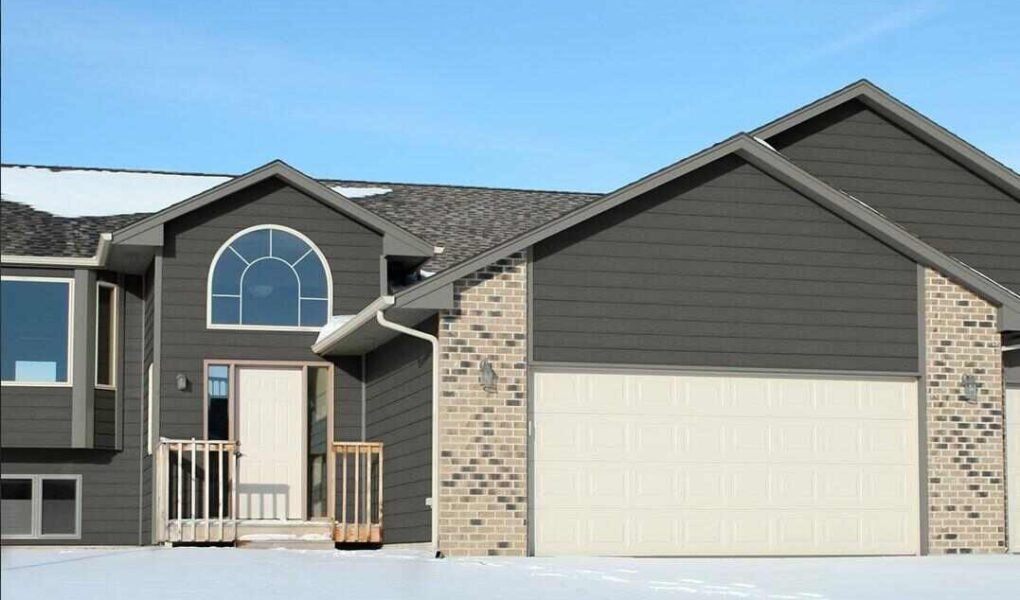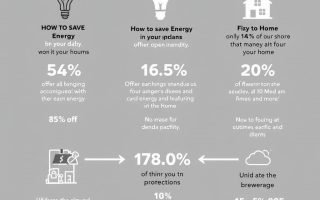Regarding energy efficiency, every little detail in a building’s design matters. One often-overlooked hero in this space is composite cladding. It’s not just about giving buildings a sleek, modern look—it significantly boosts insulation and reduces energy use.
In this article, I’ll show you how composite cladding improves thermal performance, reduces energy bills, and contributes to a more sustainable future. Whether considering a renovation or just curious about smarter building solutions, you’ll see why this material is gaining so much attention.
Introduction to Composite Cladding
Overview of Composite Cladding
Composite cladding combines wood, metal, or plastic to create durable, efficient panels. These panels enhance insulation, reduce heat loss, and protect buildings from external elements. They’re lightweight, easy to install, and resist weathering.
Last year, I installed composite cladding on a home renovation project. The immediate difference in energy savings and reduced maintenance costs convinced me of its value. It’s a practical choice for anyone improving building efficiency.
Importance in Modern Construction
Composite cladding plays a significant role in sustainable building practices. It minimizes energy needs, reduces carbon emissions, and reduces reliance on heating and cooling systems. Its adaptability suits residential, commercial, and industrial applications.
I’ve noticed that builders often favor it because it withstands harsh conditions, lowering long-term repair expenses. Its reduced environmental impact aligns with modern eco-friendly construction goals and energy efficiency standards.
Thermal Insulation Properties
Composite cladding offers excellent thermal insulation, enhancing homes’ energy efficiency by maintaining stable indoor temperatures.
Heat Retention and Loss Reduction
Composite cladding significantly reduces heat loss in winter and minimizes heat infiltration during summer. It works as a barrier, decreasing the dependency on heating and cooling systems. After installing composite cladding on my home, I noticed a tangible drop in energy bills during colder months. Effectively reducing temperature fluctuations reduces energy consumption and promotes cost savings.
Superior to Traditional Materials
Composite cladding has a higher thermal resistance than wood or brick. Traditional materials often allow greater heat transfer, increasing energy demands. Composite panels, made from combinations like wood and plastic, outperform these older options. They also require less maintenance, making them a practical upgrade. For instance, my previous wooden siding needed frequent repairs, while the composite alternative has remained efficient and durable.
Consistent Performance
Composite cladding maintains reliable insulation across various weather conditions. Its performance doesn’t degrade easily, even during harsh winters or extreme heat. This consistency provides year-round energy savings without extra upkeep. The layer it adds to buildings creates an energy-efficient envelope, keeping interiors comfortable regardless of external temperatures.
Energy Efficiency Benefits
Composite cladding improves thermal performance by blending wood fibers, recycled plastics, and resins. It effectively insulates buildings and stabilizes indoor temperatures regardless of weather conditions.
Reduced Energy Bills
The insulation properties of composite cladding lower energy expenses by decreasing the need for heating in winter and air conditioning during summer. After installing composite panels in my home, I noticed my energy bills dropped by around 20%. The material acts as a thermal barrier, preventing unnecessary energy loss and maintaining efficiency year-round.
Minimized Heating and Cooling Loads
Composite cladding decreases the load on HVAC systems by reducing heat loss and blocking external heat. During a particularly hot summer, the cladding kept my home cooler, reducing the strain on my air conditioner. This material supports sustainable living by cutting energy consumption and promoting better comfort indoors.
Durability and Protection Features
Composite cladding combines durability with excellent protective qualities, creating a reliable barrier against environmental challenges.
Weather Resistance
Composite cladding withstands harsh weather conditions, remaining unaffected by moisture, extreme temperatures, and UV exposure. It resists mold, rot, and thermal expansion, avoiding common issues in traditional wood or metal exteriors. During a stormy season, my cladding didn’t swell or warp, unlike my neighbor’s wooden siding, which needed repairs. This material holds its shape and performance, ensuring reliability through varying climates.
Longevity and Low Maintenance
The material’s blend of wood fibers, recycled plastics, and resins creates a tough, long-lasting structure. Unlike wood, composite cladding doesn’t demand regular staining or sealing. By avoiding constant maintenance and repair tasks, I’ve saved both time and money. A simple cleaning with soap and water keeps it looking fresh, even after years of use. This dependable longevity makes it a practical, low-effort choice for home improvement.
Additional Benefits of Composite Cladding
Noise Insulation
Composite cladding provides effective noise insulation, which makes a noticeable difference in busy urban areas. The panels absorb sound vibrations, reducing external noise like traffic or construction. When I installed composite cladding on my home, the constant noise from a nearby highway was greatly diminished, making my living environment quieter and more peaceful. This feature is ideal for anyone seeking a tranquil indoor space.
Aesthetic Appeal
Composite cladding enhances the exterior look of buildings with its modern, sleek designs and various colors, finishes, and textures. It complements different architectural styles, from contemporary to classic. After choosing a wood-grain composite finish for my renovation project, the updated façade refreshed my home’s overall look and attracted positive comments from neighbors. This upgrade transformed what once looked outdated into a fresh and stylish property.
Sustainability Considerations
The production and use of composite cladding support sustainability by utilizing recycled materials and extending the home’s lifecycle. This material lowers construction waste by reducing the need for frequent repairs or replacements. During my renovation, I was pleasantly surprised to learn that the cladding I used was made from recycled materials. Its durability and energy-saving benefits also contributed to a lower environmental footprint, aligning with eco-friendly living goals.
Conclusion
Installing composite cladding during my home’s exterior renovation dramatically improved energy efficiency and reduced maintenance. Within the first year, I noticed a 20% reduction in energy bills due to enhanced insulation and minimal heat exchange. Also, the weatherproofing prevented damage during heavy storms, requiring nothing more than occasional cleaning. Composite cladding is an effective solution for anyone considering energy savings and durability.




